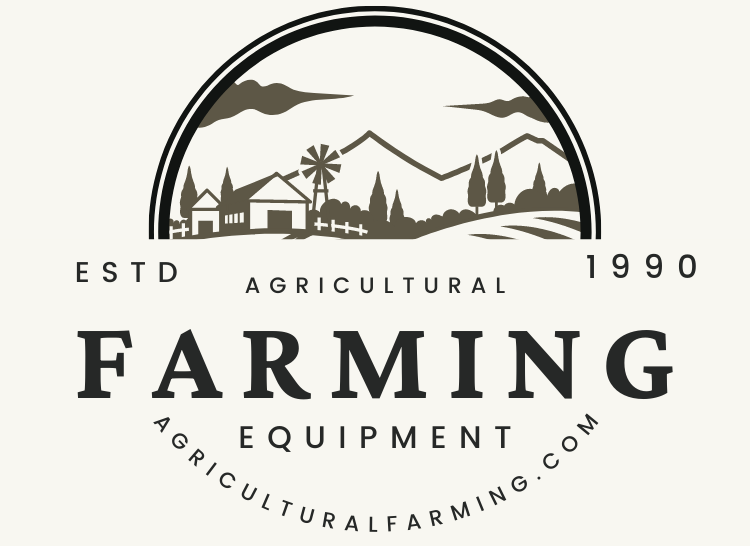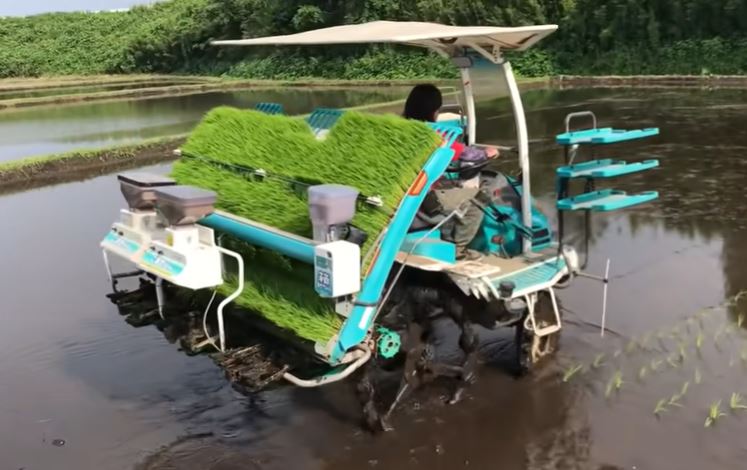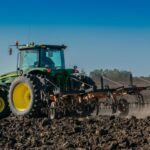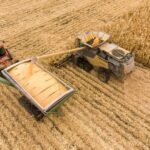Every rice farmer is aware that their operation needs special equipment, and part of that equipment or machinery includes a reliable rice planter machine. While you may not hear about this kind of equipment often, these are a must-have piece of farm gear. The reason why today we’ll be sharing with you interesting insights about the rice planter machine.
Rice is one of the most labor-intensive crops that is grown because of water usage. The function of a rice planter machine is to transplant seedlings into a paddy field. Rice plants take around 120 days to grow, from seeds to mature plants.
For the said type of labor, you’ll surely need the best rice planter machine you can find, and of course, your crops deserve it. But before you make any investments, keep scrolling down to learn what you need to know about the rice planter machine and its different models.
Rice Planter Machine FAQs
Can machines plant rice?
The invention of the rice transplanter relieved them from much of this agonizing work. Today, 98% of Japanese rice fields are planted with mechanized transplanters. Much of the innovation and troubleshooting was done by farmers and independent inventors.
What is a rice transplanter machine?
A mechanical rice transplanter is a manually-operated machine that transplants rice seedlings in rows with a field capacity of 0.45-0.55 ha/day. A seedling mat, cut exactly 20.5 cm wide by 40 cm long, is used with the transplanter. Two persons, one operator the other as a helper, must operate the machine.
What Rice Planter Machine types are there?
Mainly two types of rice transplanter; riding type and walking type. The riding type is power-driven and can usually transplant six lines in one pass. On the other hand, the walking type is manually driven and can usually transplant four lines in one pass.
How do you manually transplant rice?
Manual transplanting is most suited for labor-surplus areas and small rice fields. Manual transplanting can be done in fields with less than optimal leveling and varying water levels.
- Pull out the seedlings at an average of 15 to 30 days after seeding (DAS) from nurseries and transport them to the main field.
- In a modified mat nursery, seedlings are ready for transplanting at 15-20 DAS, and seedling mats are transported to the main field.
- Transplant the seedlings soon after pulling from the nursery in puddled, leveled field (any delay will lead to slow revival and even death of some seedlings).
- Transplant 2-3 seedlings per hill at shallow depth at optimum spacing
(20 cm x 20 cm or 22.5 cm x 22.5 cm). - Handle seedlings carefully to ensure their fast revival and rapid growth after transplanting.
How do you machine transplant rice?
Machine transplanting involves planting young rice seedlings into puddled soil by machine.
- Raise seedlings in special mat nurseries or seedling trays. Use the required quantity of good seed per 100 m2 of nursery for each ha.
- Seedlings will be ready for transplanting in 12-15 days after seeding (DAS). Ensure that fields are well puddled and leveled.
- Drain fields and allow mud to settle for 1-2 days after the final puddling.
- The subsurface soil layers need to be hard enough to support the transplanting machine.
- The soil is ready when a slight “V” mark made in the puddled soil with a stick holds its shape. At this moisture level, the ground can hold the seedlings upright.
- Soil should not be so dry that it sticks to and interferes with planting parts or wheels of the transplanter.
- Load the seedling mats on the machine and transplant the seedlings at the selected machine setting.
Rice Planter Machine
Rice Transplanter KRT-6W
KENWAY Walk-Behind Rice Transplanter is the ideal choice when taking the first step towards achieving outstanding operational efficiency and enhanced profitability through mechanization. Of the introductory type, this model features a versatile size that is easily operated with agility and effectiveness even in confined spaces.
This translates into incomparably higher operational efficiency with significantly reduced labor costs than can be achieved through labor-intensive manual transplanting.
The result is a superior level of productivity that opens the door to a new dimension of professional agricultural excellence.

Features:
- Powerful OHV Engine
- Large-Diameter Wheels
- Horizontal Control Mechanism
- Conveniently Located Levers
KUBOTA NSP-4W
The Kubota Model NSP-4W Walk-Behind Rice Transplanter comes with a compact, lightweight NSP-4W mounts the powerful OHV (Overhead Valve) Gasoline Engine that contributes to excellent operational efficiency.
Even in undulating operational conditions, the Horizontal Control Mechanism automatically acts to maintain the Transplanting Unit in a horizontal position.
Also, Auto Sensor to detect undulations to adjust the machine height up to 450 mm, contributing to efficient operations even in deep paddies.
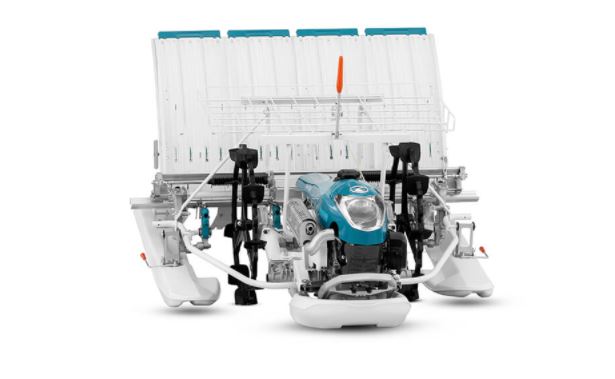
Features:
- Outstanding Durability
- Powerful OHV Engine
- Easy Maintenance
KUBOTA SPV6MD
SPV6MD is a Kubota Ride-On Type transplanter with a fuel-efficient diesel engine that realizes professional performance packed with functions that can bring faster and more precise transplanting.
The SPV6MD is integrated with innovative technologies for saving fuel with an E-stop function provides unmatched planting precision with level controlled planting and ultra-bright LED lights to help in excellent efficiency while working even in dark conditions.
A newly designed oil seal prevents moisture from seeping into the reinforced planting arm. Also contributing to a significantly longer service life are highly durable bushings.

Features:
- Reinforced Planting Arm
- Mud Cover
- High Torque Shift Lever
- Automatic Horizontal Control
Reaper Binder for Wheat/Rice/Grass/Barley
Mini reaper binder is mainly used to harvest and bind low stem crops such as wheat, rice, grass, barley, oats, reed, straw, etc.
The mini reaper machine has a compact structure and small volume. It is more flexible and easier to operate on the field.
The steering control handlebar can be freely adjusted to up, down, left, or right. The handle can be adjusted around 180 degrees; vertical 30 degrees are more flexible to handle in different environments.
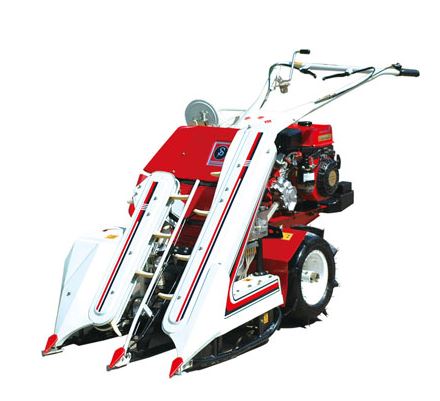
Features:
- User-friendly
- Adopt shaft drive system
- High reliability
- Low fuel consumption
Rice Transplanter KVP-6D
KVP-6D is a Kenway Ride-On Type transplanter with a fuel-efficient diesel engine realizes professional performance packed with functions that can bring faster and more precise transplanting.
The KVP-6D provides unmatched planting precision with level-controlled planting and ultra-bright LED lights to help in excellent efficiency while working even in dark conditions.
In undulating operational conditions that are liable to cause the plow pan to tilt, the automatic horizontal control (Auto Monroe System) automatically engages to maintain the transplanting unit in a horizontal position.

Features:
- Luminous Lights
- Powerful Yanmar Diesel Engine
- Automatic Horizontal Control
